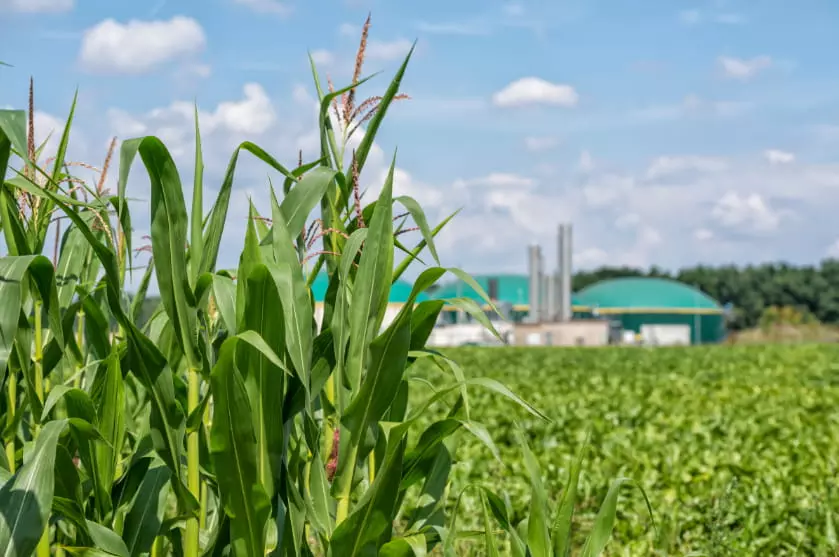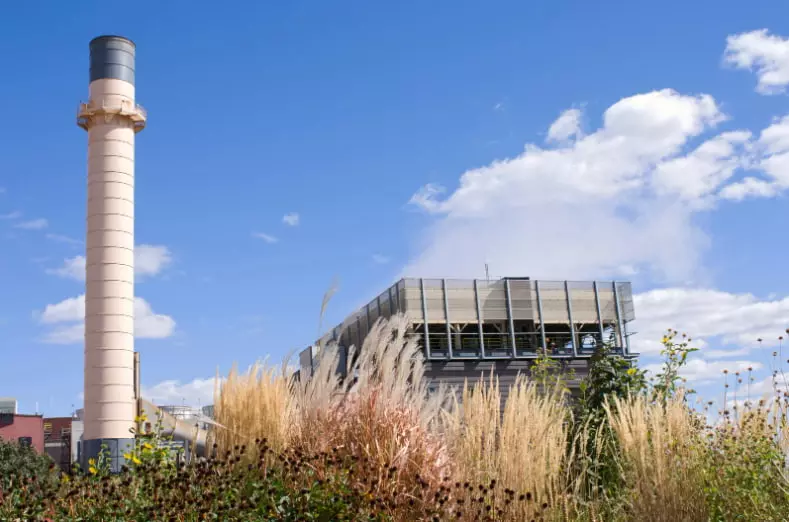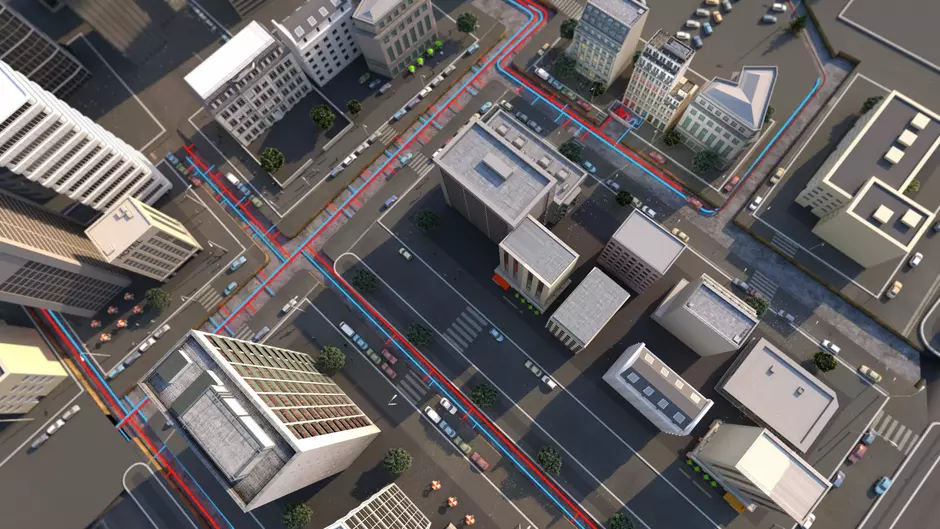What is District Heating?
District heating, also known as a heat network, is a system that uses a singular central heat source to distribute hot water through a network of insulated pipes to multiple individual dwellings. The structure is usually used to fulfil heating and hot water requirements in apartment complexes.
However, as the UK continues to adopt the innovation we are seeing the solution be adopted in large-scale buildings associated with educational and commercial operations.
District heating efficiently delivers low-carbon, cost-effective heat, hence the UK government has been quick to acknowledge it as a vital solution in an accelerated move towards low-carbon energy systems. Learn more about the Heat Network Transformation Programme.
How can Veolia help you?
Veolia district heating systems ensure you can promise customers a low carbon solution that meets environmental regulations and saves on costs.
Why Choose District Heating?
District heating schemes currently supply around 2% of the UK's heat. But with an estimated 50% of buildings in the UK located in areas of suitable density for heat networks, the system has the potential to have a far greater impact. Driving forward low-carbon energy solutions such as district heating makes achieving net zero considerably more achievable, as we drastically reduce the use of fossil fuels by opting to deliver heat from communal heat sources.
> Is District Heating More Efficient?
How are Heat Networks Fueled?
There are many different technologies that can provide the input to a heat network, including: Power stations, Energy from Waste (EfW) facilities, Industrial processes, Biomass and biogas fuelled boilers, Combined Heat and Power (CHP) plants - including gas-fired units, Fuel cells, Heat pumps, Geothermal sources, Electric boilers & Solar thermal arrays.
> Is District Heating Renewable?
Benefits of District Heating
Energy efficiency: District heating systems can be more energy efficient than individual heating systems because the heat is generated at a central plant and distributed through a network of insulated pipes, rather than being generated at each individual building.
Cost effectiveness: District heating can be more cost effective than individual heating systems because the costs of operating and maintaining the central plant can be shared among multiple users.
Reduced emissions: District heating can help reduce greenhouse gas emissions because the central plant can use renewable energy sources, such as solar or geothermal, to generate heat.
Improved reliability: District heating systems can be more reliable than individual heating systems because they are less prone to breakdowns and can be more easily maintained and repaired.
Space savings: District heating systems do not require individual heating units in each building, which can save space and reduce clutter.
District Heating Advice and Awareness
As the adoption of district heating increases, it is important to understand the regulations that surround the solution. District heating systems are subject to a variety of regulations, which are designed to ensure the safety, efficiency, and environmental performance of the system.
Regulations that may apply to district heating systems, are often dependent on the location and specifics of the system, yet there are some common regulatory issues that may apply to district heating.
Click here to learn more about the regulations you might encounter when considering district heating.
Get in Touch
If district heating appears to be a viable route for you then we strongly urge that you seek out expert knowledge and advice to ensure your network/scheme is built and managed to provide the highest levels of efficiency.






